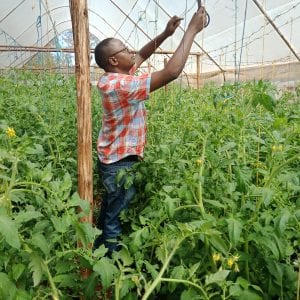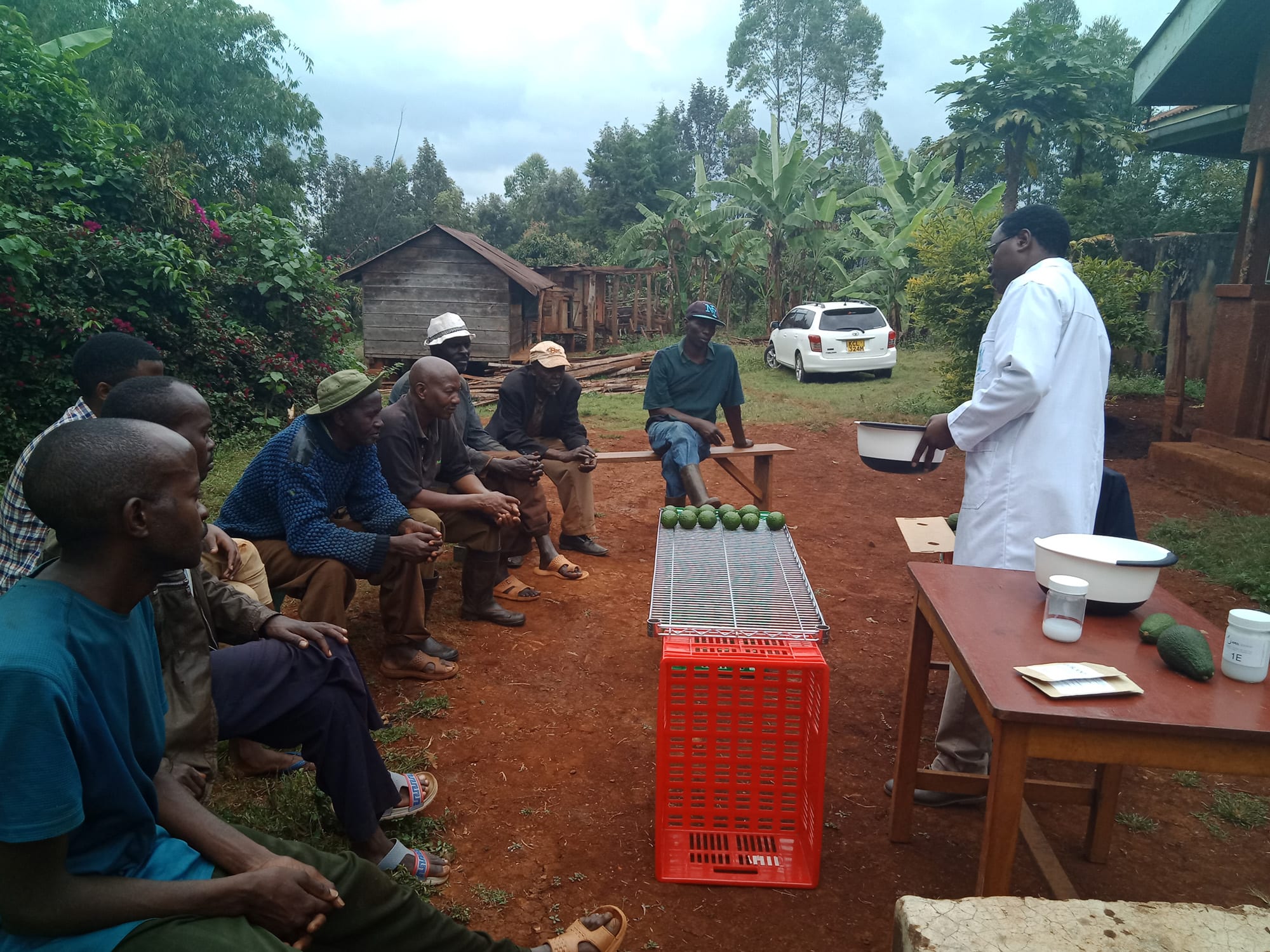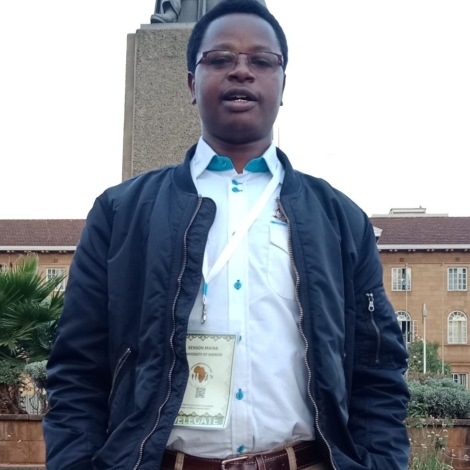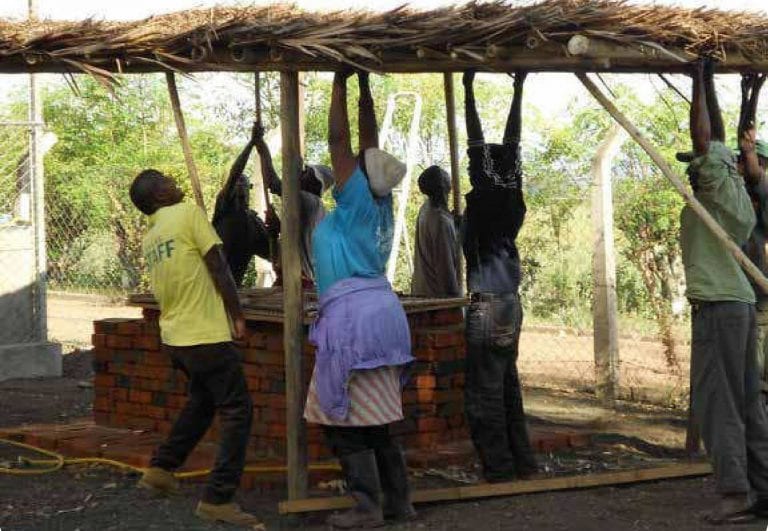Join the Siemens Design Challenge for a chance to win one of two $10,000 first-place awards.

Benson Maina has a birthright and skillset that designers of essential needs products in the global West should covet. Mr. Maina has a lifetime of on-the-ground experience in Kenya, where he grew up and earned a Master’s in Horticulture studying the nation’s farming techniques and technology. In 2019, Mr. Maina completed a Research Fellowship at Engineering for Change, investigating products that meet basic needs in underserved communities. He is now sharing his expertise as an adviser to the Siemens Design Challenge.
Kenya is one of the countries that could benefit from better low-cost farming technology. Research into the technological limitations on Kenya’s farms may yield targets for design teams on the agriculture track. Mr. Maina shares his insights.
E4C: What motivated you to pursue engineering for global development?
BM: By the year 2050, the world’s population will double. This means we’ll have to produce more than we are doing at the moment. However, more than one-third of the world’s food that is already produced ends up in landfills. To be able to solve this paradox, I believe in the need to develop technologies that will help us produce more but at the same time preserve more. This is why I have chosen to be part of the story; seeking and developing technologies and transferring them to end users to counter this challenge worldwide.
Benson partnered with MIT D-Lab to investigate the use and barriers of evaporative cooling technologies by smallholder farmers in Kenya. Read the report here.
E4C: To help design teams looking for a starting point, what are some of the problems on Kenyan farms that need technological solutions?
BM: 1. Marketing. A lot of produce from the farms goes to waste due to lack of market or market information. There is need for creation of a platform that farmers can register and use that platform to communicate with buyers/traders/off-takers.
2. Storage. Most farmers are small scale and may not be able to acquire cooling facilities. There is need for development of affordable cooling alternatives which can be acquired by the farmers by sharing the cost.
3. Processing. This is especially for fruits and vegetables. During peak seasons, over 70 percent of what is produced ends up in landfills because the market is not able to absorb it. There is need for development of affordable processing units that can convert the produce into a more stable product. For example: mango juice.
The Adoption of Technology Is Key to Reducing Losses in Mango Value Chains, by Benson Maina
E4C: You researched technologies that reduce post-harvest losses on Kenyan farms. Would you mention some of the ideas that came from that research?
BM: 1. There is need for a multi-stakeholder approach. Success depends on involving every player in the value chain.
2. Obsolescence. Some technologies are not able to evolve and this has impacts on the adopters.
3. Lack of support systems and/or spare parts. This is especially the case for the imported technologies. The oversight leads to broken equipment that goes unused thereafter.
4. One must consider existing support infrastructure, and if none, think of ways to build it. An example is evaporative cooling chambers. They can perform very well in hot and dry areas where evaporation occurs quickly, but without a water source you can never use them.
E4C: What advice do you have for design teams approaching the problem of post-harvest losses?
BM: 1. The designer must understand the users and problems firsthand.
2. Designers must understand the culture of the community in focus.
3. User manuals and guides should be written in simple, understandable language without skipping steps for users to figure out.
E4C: Parting thought: What should design teams keep first in mind?
BM: Community participation is key for introduction and adoption of technologies. Existing cultures of different people can be challenged from a point of knowledge which will guarantee ownership.
Meet the expert advisors and supporters of the Design Challenge

Benson Maina demonstrates the impact of fruit coating to a group of avocado farmers in Kenya.

